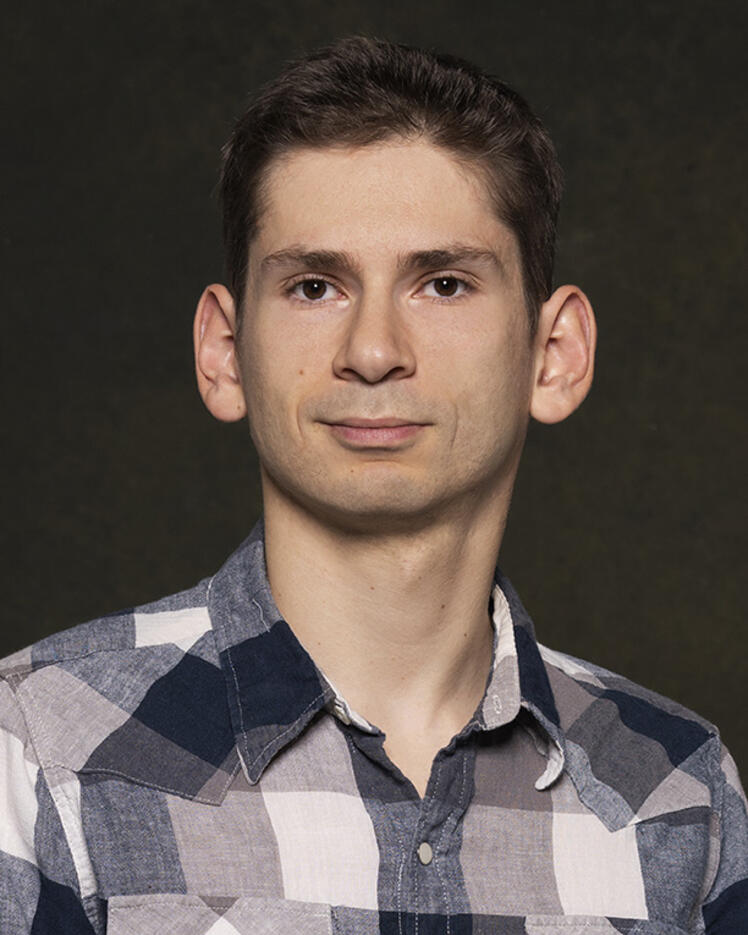
Dzmitry Bahdanau
Biographie
Dzmitry Bahdanau est professeur adjoint à l’Université McGill et chercheur à ServiceNow Element AI. Précédemment, il a obtenu son doctorat à l'Université de Montréal / Mila – Institut québécois d’intelligence artificielle en travaillant avec Yoshua Bengio. Il s'intéresse aux questions fondamentales et appliquées concernant la compréhension du langage naturel. Ses principaux domaines de recherche comprennent l'analyse sémantique, les interfaces utilisateur du langage, la généralisation systématique et les systèmes hybrides neuronaux symboliques.


